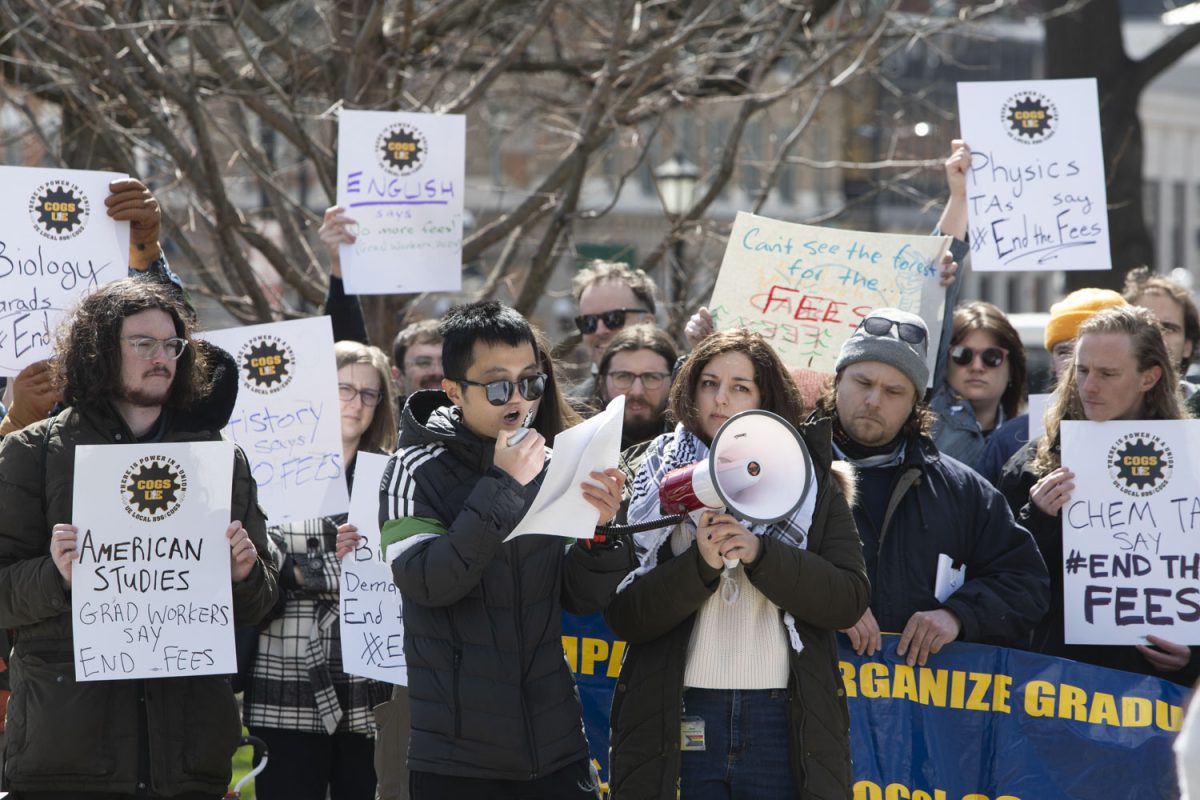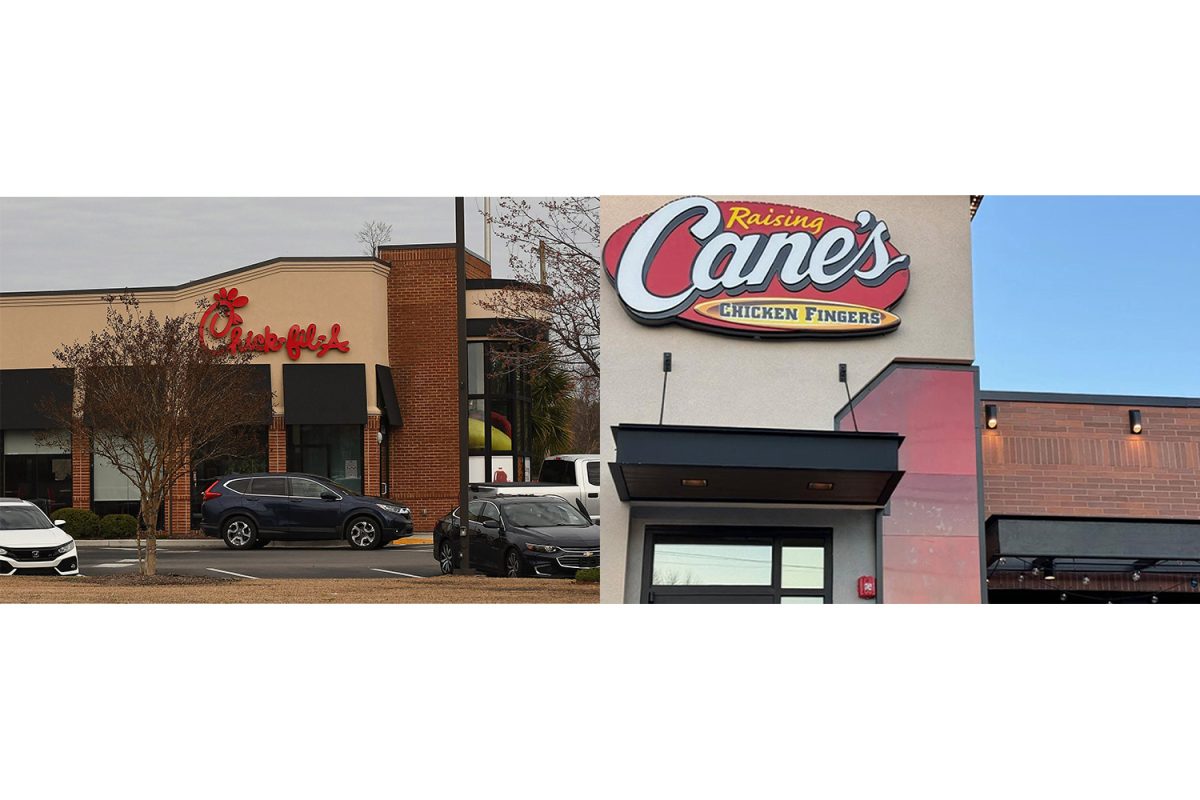By Jacob Simpson
Last week, the state Board of Regents passed a tuition increase of $250 for resident undergraduate students attending the University of Iowa. The tuition increase was deemed a sufficient “compromise” by Regent Larry McKibben, whose opinion represents that of the regents’ majority. Their compromise: Split the difference between the university administration’s proposed increase of $300 and the University of Iowa Student Government’s proposed increase of $200.
Like the outcome of many compromises, the opposing sides wish they had had their way. The university administration, in effect, unexpectedly lost $600,000 slated for strategic initiatives. UISG released a statement saying its members “were troubled by … the lack of attention given to the negative effects of rising tuition costs.” Students reacted on social media, expressing their concerns that the regents do not consider students enough when making decisions about tuition increases.
As a student, I, too am concerned about rising tuition. Our institution, however, is in financial need, and for it to provide the services we expect, it needs more funding. Unfortunately, a portion of the extra funding will come directly from our checkbooks. What can we do to alleviate future burden?
In general, students direct frustration at the regents about increased tuition. Undeniably there is value in doing so. But the regents are responsible for ensuring three of Iowa’s public higher-education institutions remain healthy and thriving, and they simply set tuition as a reaction to the Iowa Legislature’s contribution to the public institutions’ revenues. Last year, appropriations from the Legislature equaled 32.7 percent of the UI general-education-fund revenue. It is anticipated that the Legislature’s share of the revenue will continue to decrease significantly, just as it has for the past decade. Rather than looking to the regents for a solution, students must address the true cause of rising tuition: decreasing appropriation increases from the Legislature.
What is the surest way to influence a trend driven by political pressures? Apply opposing political pressure. As students, we must prove to legislators that their votes on appropriations should serve us and that their vote in favor of increasing appropriations means lower tuition. The burden of proof, however, falls on us, and the opportunity for demonstration is in an election. We have failed at this historically. For example, the day before the 2016 Iowa caucuses, 13.2 percent (4,958) of those registered to vote in Iowa City were of the ages 17.5-24. To overestimate, if we assume all of those were university undergraduate students, only 23.2 percent of university undergraduates were registered to vote. Increasing that figure to 50 percent would mean nearly 25 percent of registered voters in Johnson County would be university students.
If students became active in elections and garnered electoral power, candidates would campaign on student interests. If students elect such candidates, appropriations from the state would increase, and tuition would remain static. In this election season and in future elections, students must register to vote, they must advocate for their interests in campaigns, and they must cast a ballot on Election Day.








